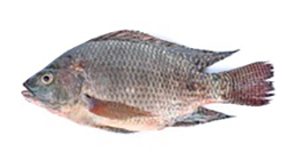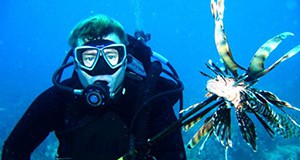Tilapia lake virus is a globally emerging virus responsible for episodes of mass mortality in cultured and/or feral tilapia (Oreochromis spp. and hybrids) in Asia, Africa, Central America, and South America. Since 2014, there have been global reports of TiLV disease resulting in 10% to 90% mortality in tilapia fry, juveniles, and adults causing significant economic losses. Currently, the disease has been confirmed in Colombia, Ecuador, Egypt, India, Indonesia, Israel, Malaysia, Mexico, Philippines, Peru, Tanzania, and Thailand. TiLV has not yet been found in the USA or Canada, but it has most recently been reported in 20 aquaculture production facilities across six Mexican states (Chiapas, Jalisco, Michoacán, Sinaloa, Tabasco and Veracruz). This 7-page fact sheet written by Lowia Al-Hussinee, Kuttichantran Subramaniam, Win Surachetpong, Vsevolod Popov, Kathleen Hartman, Katharine Starzel, Roy Yanong, Craig Watson, Hugh Ferguson, Salvatore Frasca Jr., and Thomas Waltzek and published by the UF/IFAS School of Forest Resources and Conservation, Program in Fisheries and Aquatic Sciences describes this important emerging disease and explains how to prevent outbreaks and what to do if you suspect TiLV in an aquaculture facility or in the wild.
http://edis.ifas.ufl.edu/fa213
Tag: Salvatore Frasca Jr.
First report of an emerging ulcerative skin disease in invasive lionfish
A disease first reported in the summer of 2017 has been causing skin ulcers in invasive lionfish off the coasts of Florida and the Caribbean. Fish health scientists are investigating this disease, but initial evaluations have not yet found the cause. This 7-page fact sheet written by Holden E. Harris, Alexander Q. Fogg, Roy P. E. Yanong, Salvatore Frasca Jr., Theresa Cody, Thomas B. Waltzek, and William F. Patterson III and published by the UF/IFAS program in Fisheries and Aquatic Sciences of the School of Forest Resources and Conservation describes research efforts to discover more about this disease and its potential to spread to other species as well as its effect on lionfish populations, the lionfish fishery, and reef fish communities.
http://edis.ifas.ufl.edu/fa209

